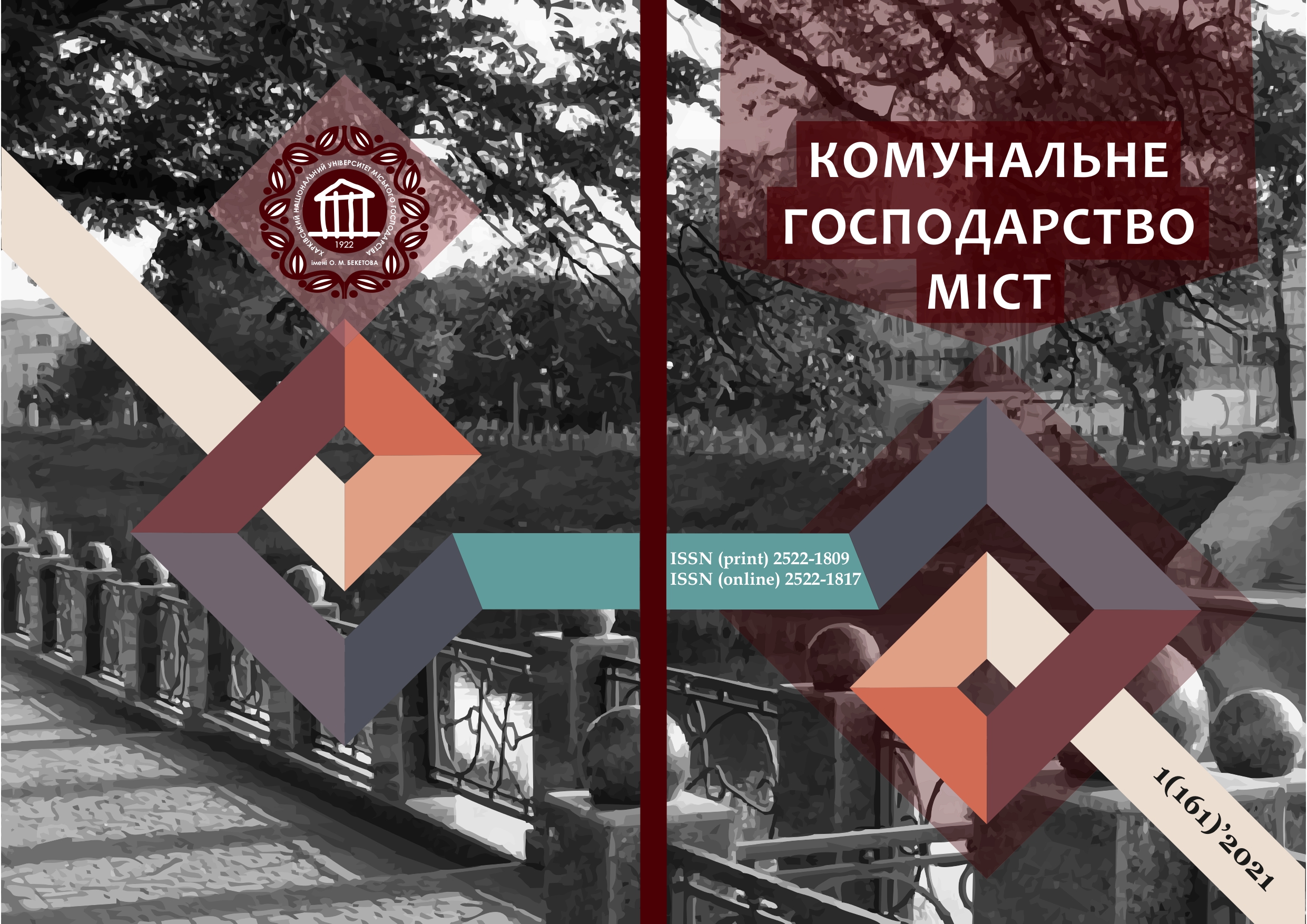DETERMINATION OF THE REGULARITIES IN THE RANDOM PARAMETERS OF THE TRIPS MADE USING THE MICROMOBILITY VEHICLES
Array
Keywords:
micromobility, transport, demand, trip length, survey, mobility, distribution.Abstract
The paper is devoted to the analysis of the current usage of micromobility vehicles by the population in the world and Ukraine. It is appeared to be that these vehicles are a quite widespread mean of travelling for short distances.
This way of travelling became even more actual during the restrictions on the trips by public transport caused by the Covid-19 pandemic. Micromobility vehicles are the real alternative to trips by foot or transport because they allow users to travel safely, independently and in the fresh air as well as control the social distance and decrease the contacts compared to public transport.
Also, the paper presents the questionnaire developed by the authors, and the results of the intermediate survey which allowed determining the type of micromobility vehicle (e-bike, e-scooter, electric unicycle, bicycle, etc.), age of the respondents, travel speed, and the distance which the respondents are ready to cover.
During the survey, it was determined that most people choose e-scooters while e-bikes are not so widely used. The maximal travelling speed appeared to be equal to 50 km/h, and the maximal trip length – 5 km.
The recorded trip lengths allowed defining the trip length distribution for all cities under study and, particularly, for the city of Kharkiv. The trip length distribution appeared to be normal that was confirmed by the Kolmogorov-Smirnov and Chi-square test at the significance level of 5%. Also, the survey results show that there exists a demand for trips by micromobility vehicles, and it is necessary to research this demand and take it into account during transport modelling.
The overall authors’ goal is the estimation of the demand for the trips by micromobility vehicles which will allow researchers to take these trips into account when developing or correcting transport models. Therefore, it will support the development of the city infrastructure taking into account the needs of the users of micromobility vehicles. In future, it will improve traffic safety for all road users.
Generally, the paper is devoted to the actual issues related to the level of service and safety of road users under the conditions of the growing demand for the use of the means of micromobility.
References
2. Clewlow, R. (2019). The micro-mobility revolution: the introduction and adoption of electric scooters in the united states. Transportation Research Board 98th Annual Meeting in Washington, 13, 13–17.
3. Oeschger, G. Paraic, C. & Caulfied, B. (2020). Micromobility and public transport integration : The current state of knowledge Part D. Transportation Research, 89, 21.
https://doi.org/10.1016/j.trd.2020.102628.
4. Kager, R., Bertolini L. & Te Br ̈ommelstroet, M. (2016). Characterisation of and reflections on the synergy of bicycles and public transport.Transport. Res. Part A: Policy Practice, 85, 208–219. https://doi.org/10.1016/j.tra.2016.01.015.
5. Ilkevich, S.V. (2019) Dzherela formuvannya konkurentnikh perevag servisiv prokatu. Strategichni Rishennya j Rizik Menedzhmentu, 3, 238–251. https://doi.org/10.17747/2618-947X-2019-3-238-251
6. de Bortoli, A., Sanchez, I., Lomasso, M.A. & Christoforou, Z. (2019). Environmental performance of micromobility modes in Paris: Preliminary Results Using Life Cycle Assessment, (July).
7. Miramontes M., Pfertner M., Rayaprolu H.S., Schreiner M., Wulfhorst G. (2017). Impacts of a multimodal mobility service on travel behavior and preferences: user insights from Munich’s first mobility station. Transportation, 44, 1325–1342. https://doi.org/10.1007/s11116-017-9806-y.
8. Chang, A.Y. Luis M., Clewlow R., Sun L. (2019) Trend or fad? Deciphering the enablers of micromobility in the U.S. A Report of SAE international, 12. Retrieved from https://www.sae.org/binaries/content/assets/cm/content/topics/micromobility/sae-micromobility-trend-or-fad-report.pdf
9. Moller, H. T., Simlett J., Mugnier E. (2020). Micromobility: Moving cities into a sustainable future. Report by the International Transport Forum OECD. Safe Micromobility, 36.
10. Saginova, O.V. (2019). Mizhnarodnij dosvid rozvitku mobilnosti v megapolisi. Aktualni Pitannya Ekonomiki, 1, 70–81. https://doi.org/10.24411/2071-6435-2019-10069.
11. facebook.com : Socialna merezha [Elektronnyj resurs]. – Rezhym dostupu : https://www.facebook.com/. – Zagl. z ekranu.
12. Ventczel E.S., Ovcharov L.A. (2018). Teoriya veroyatnostej i ee inzhenernye prilozheniya : Uchebnoe Posobie 5, 480.
Downloads
Published
How to Cite
Issue
Section
License
The authors who publish in this collection agree with the following terms:
• The authors reserve the right to authorship of their work and give the magazine the right to first publish this work under the terms of license CC BY-NC-ND 4.0 (with the Designation of Authorship - Non-Commercial - Without Derivatives 4.0 International), which allows others to freely distribute the published work with a mandatory reference to the authors of the original work and the first publication of the work in this magazine.
• Authors have the right to make independent extra-exclusive work agreements in the form in which they were published by this magazine (for example, posting work in an electronic repository of an institution or publishing as part of a monograph), provided that the link to the first publication of the work in this journal is maintained. .
• Journal policy allows and encourages the publication of manuscripts on the Internet (for example, in institutions' repositories or on personal websites), both before the publication of this manuscript and during its editorial work, as it contributes to the emergence of productive scientific discussion and positively affects the efficiency and dynamics of the citation of the published work (see The Effect of Open Access).

